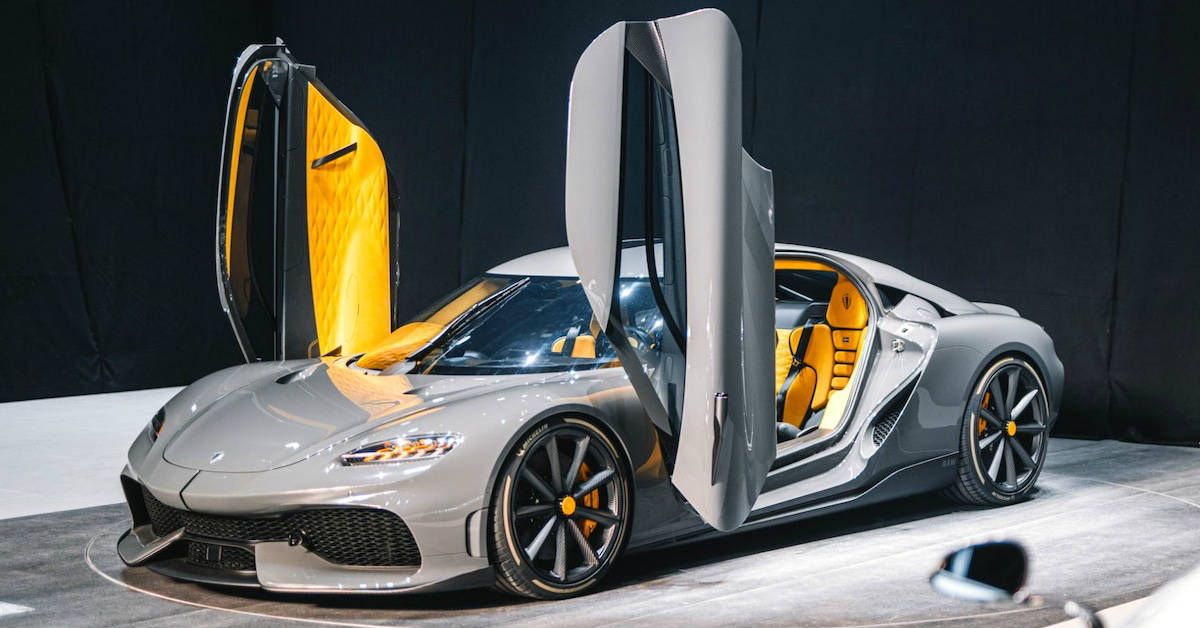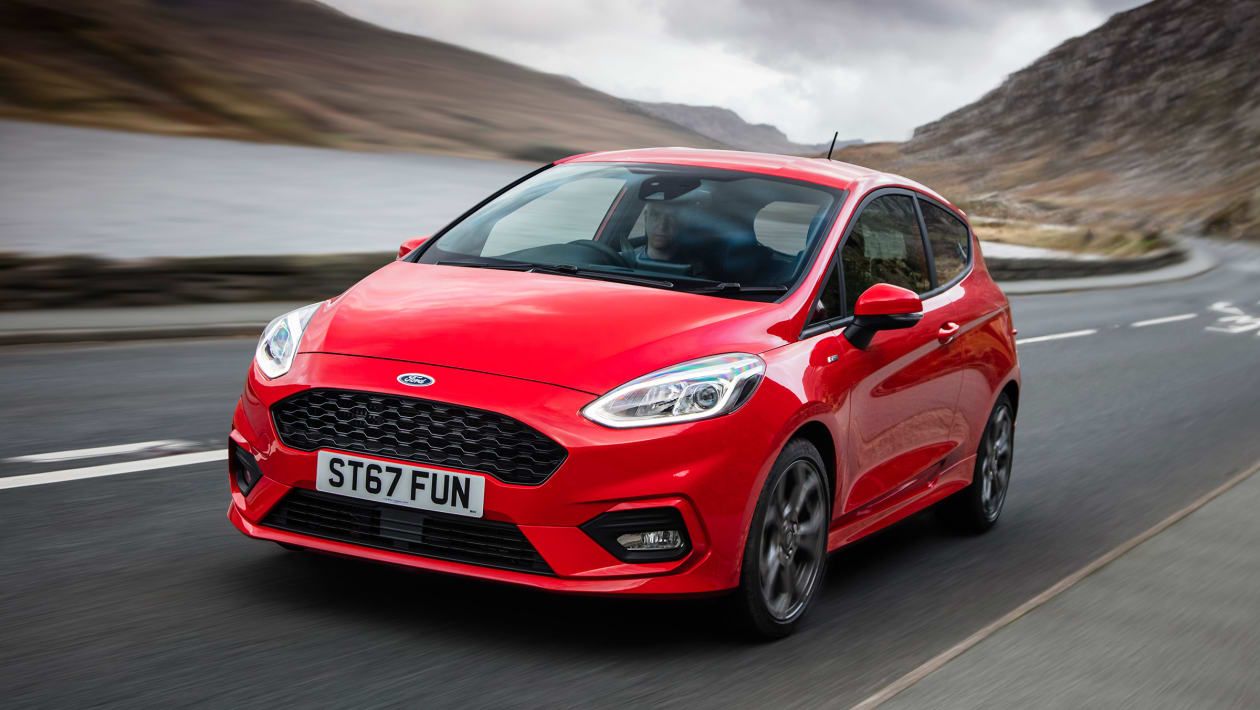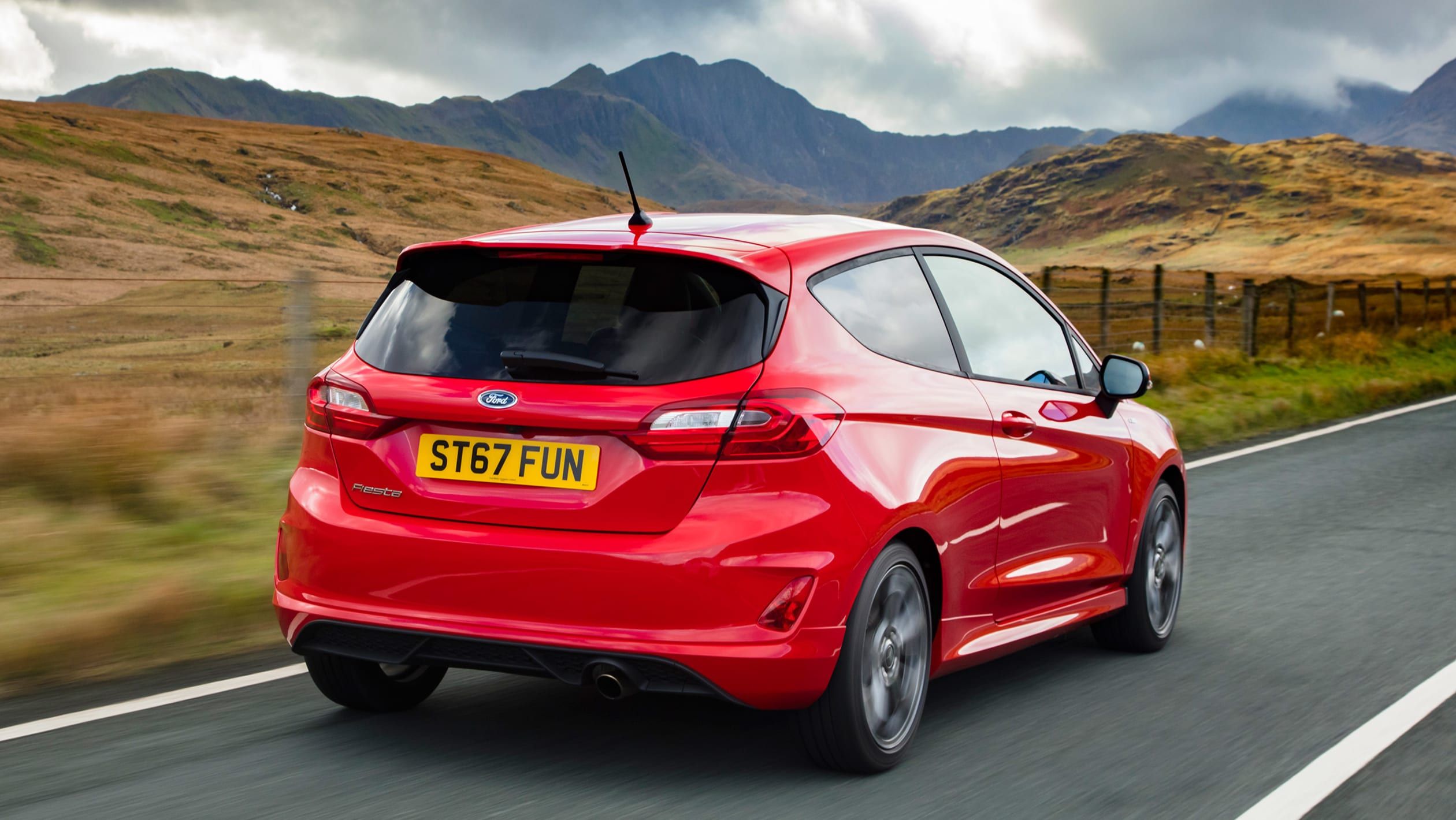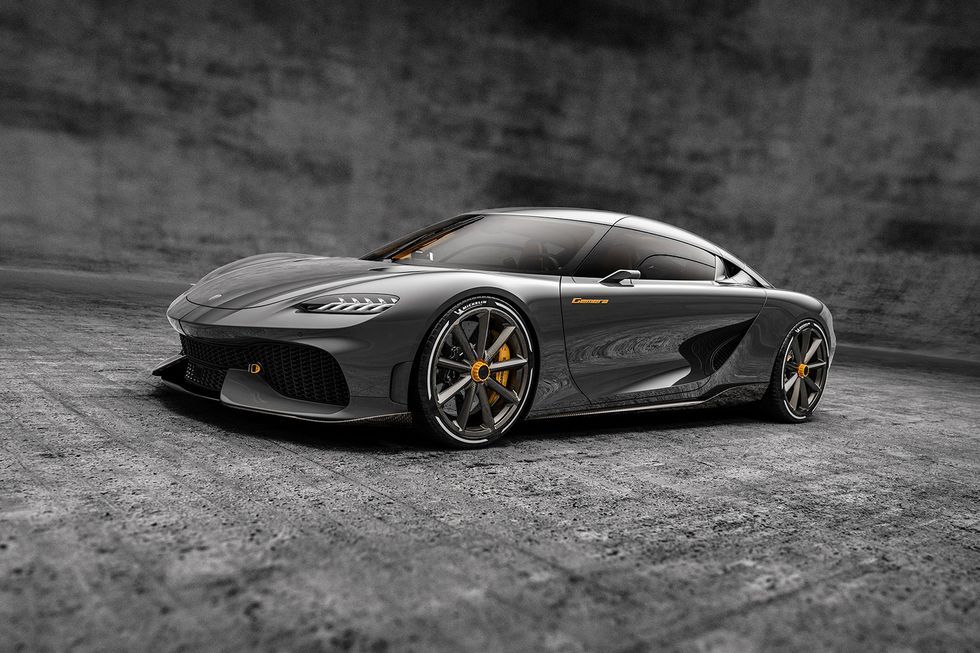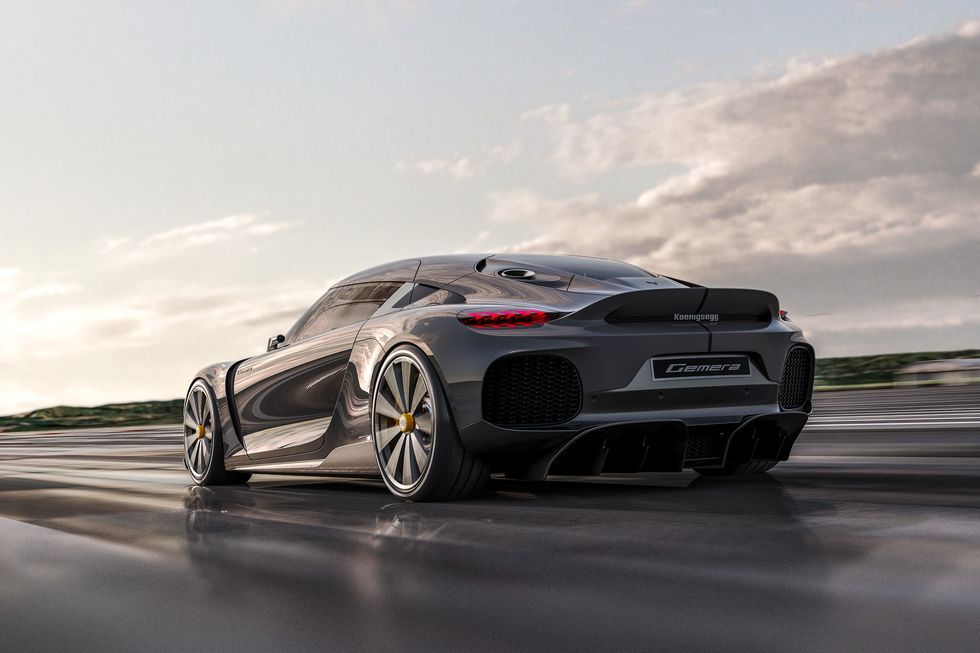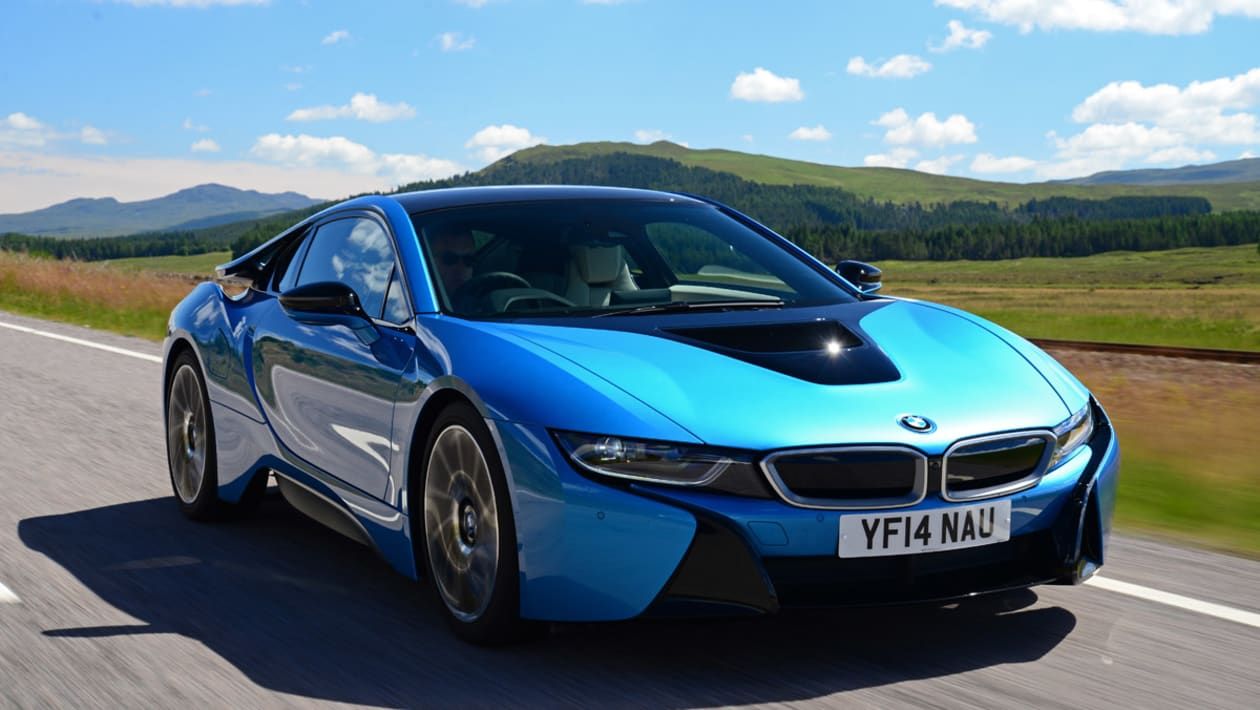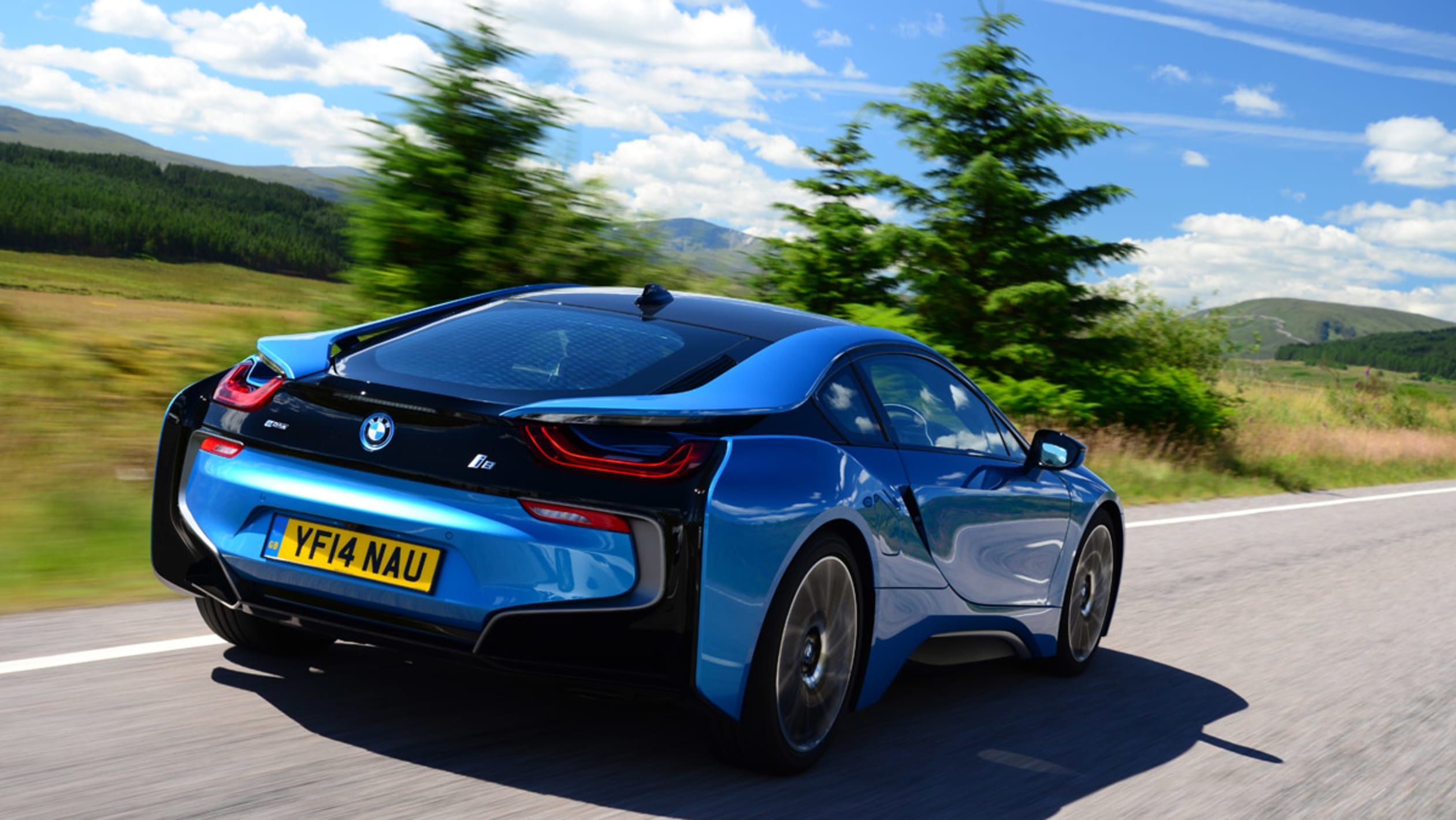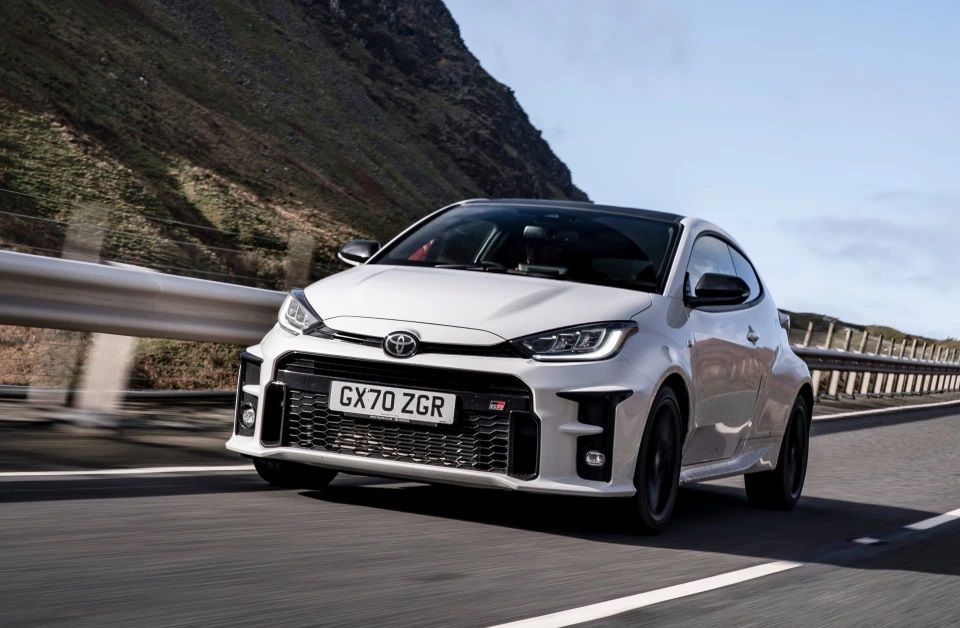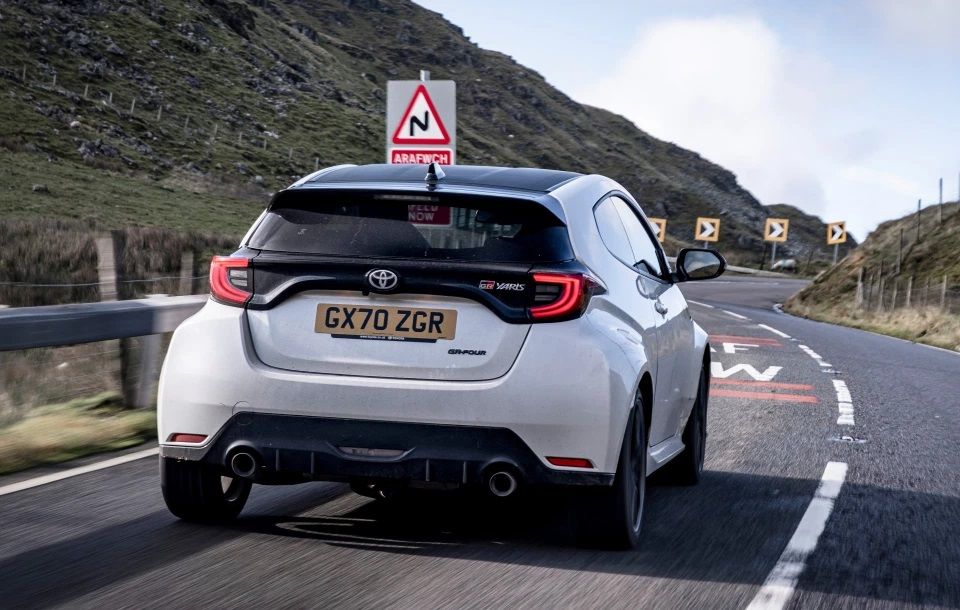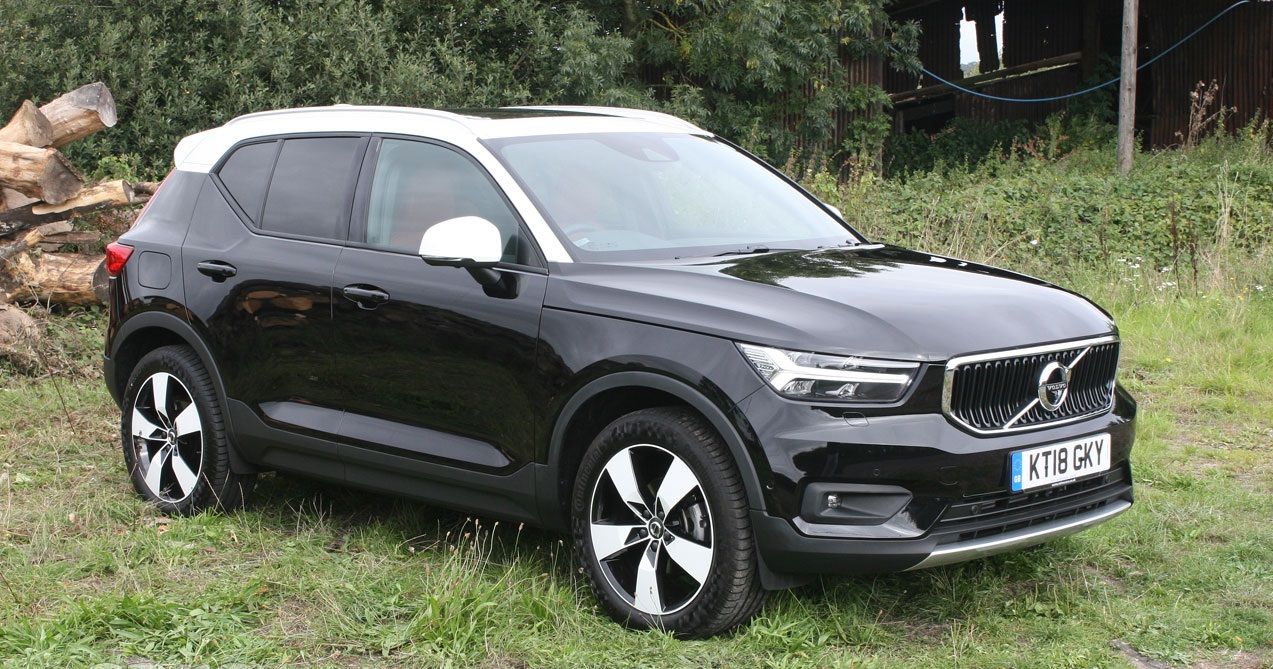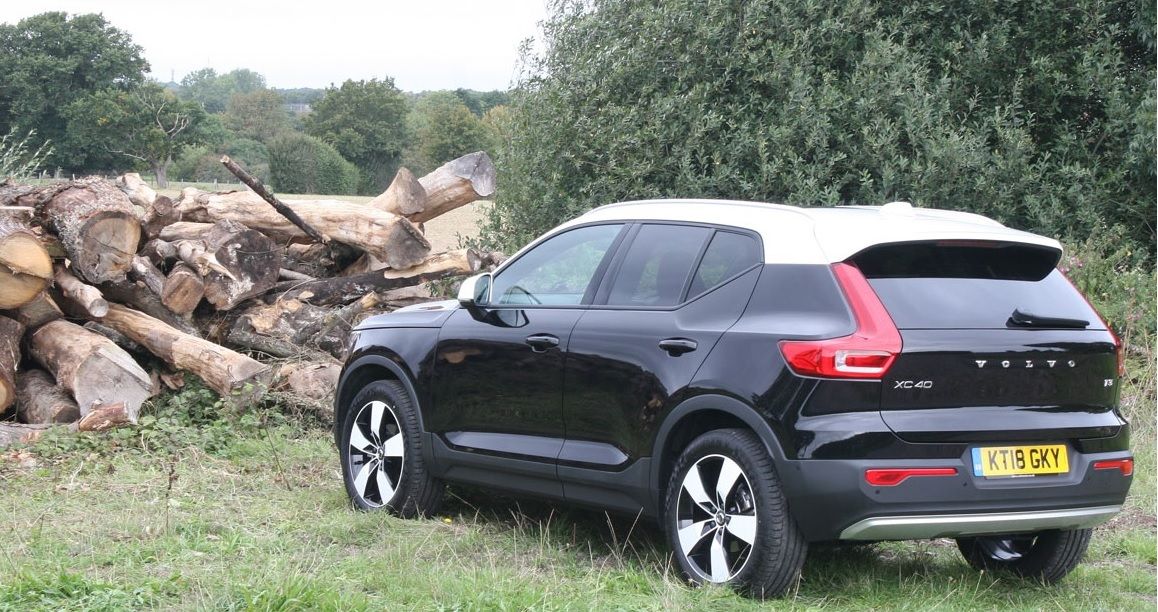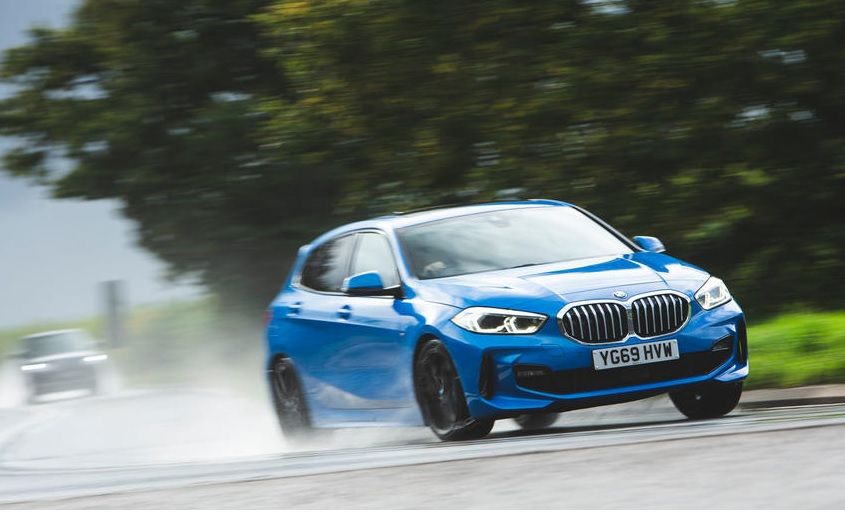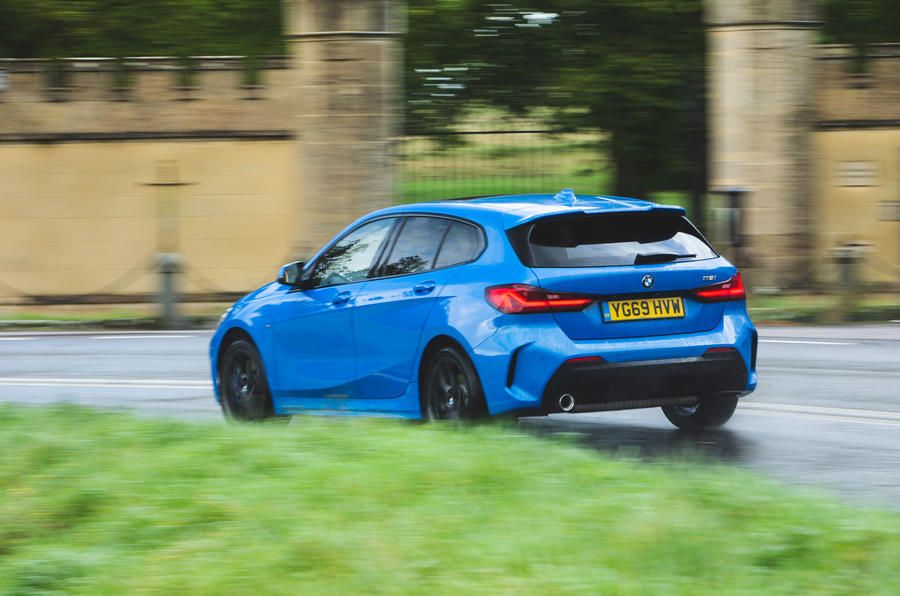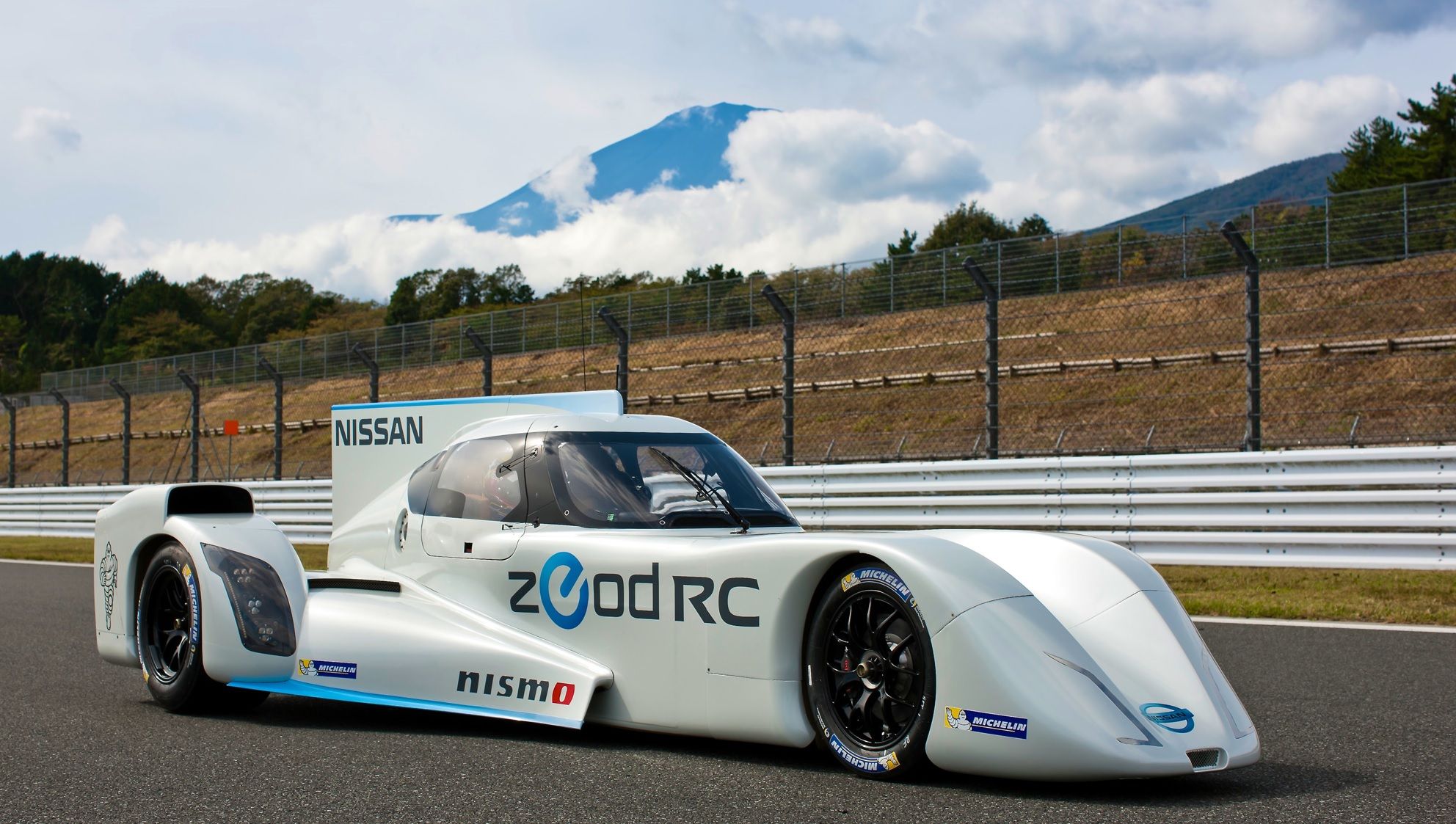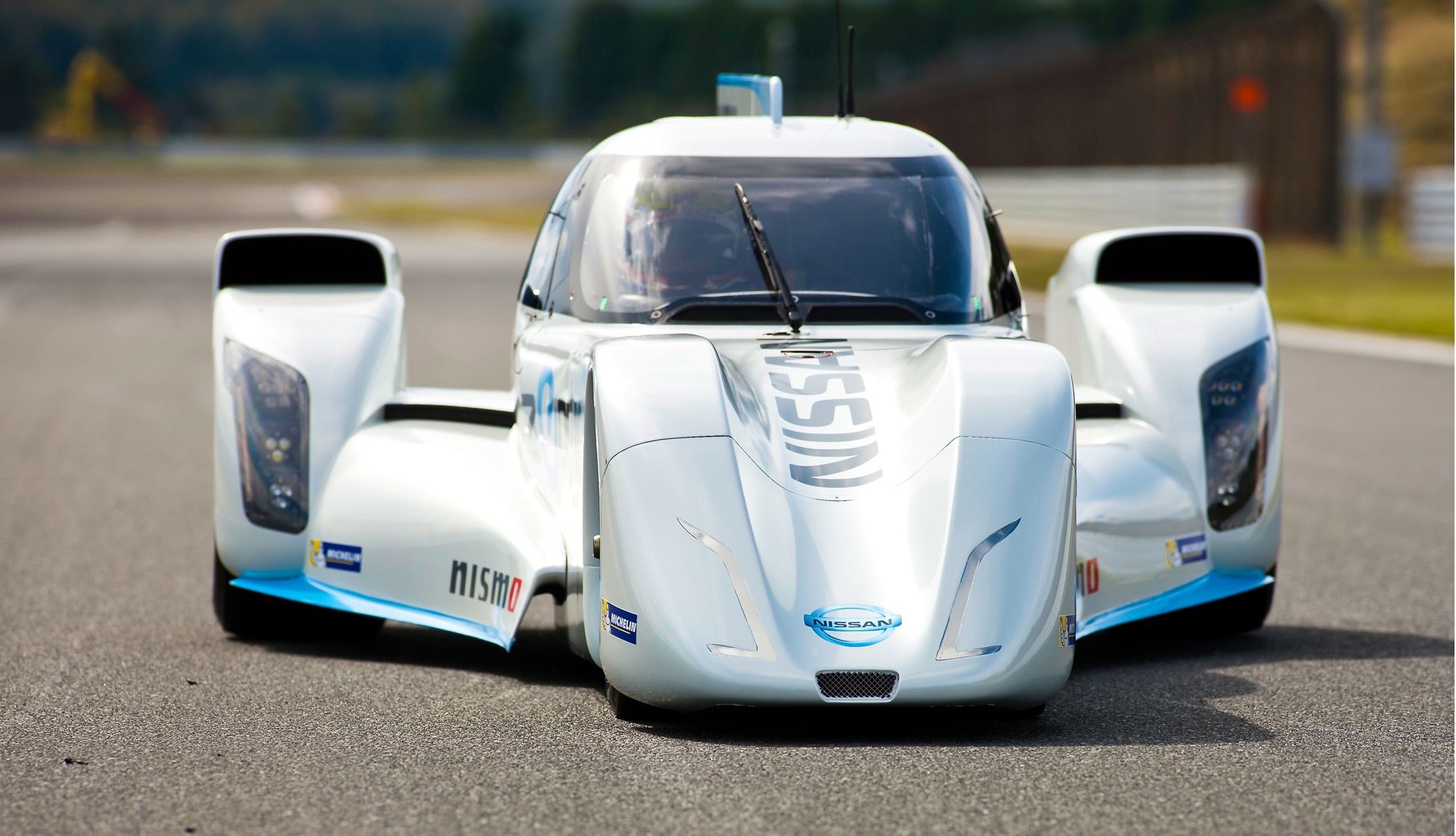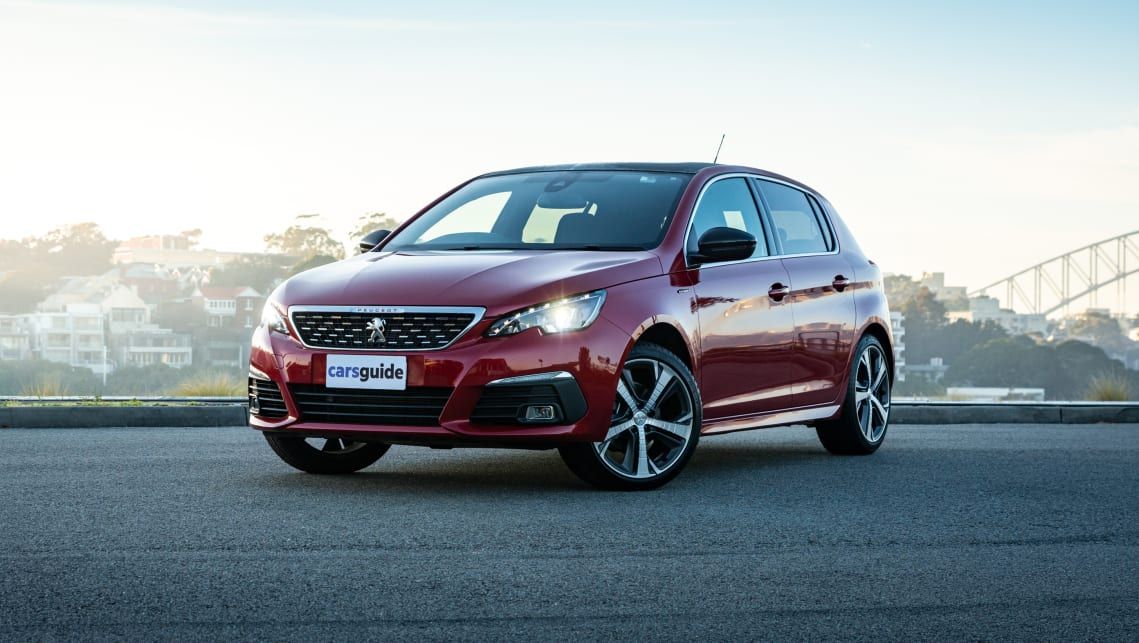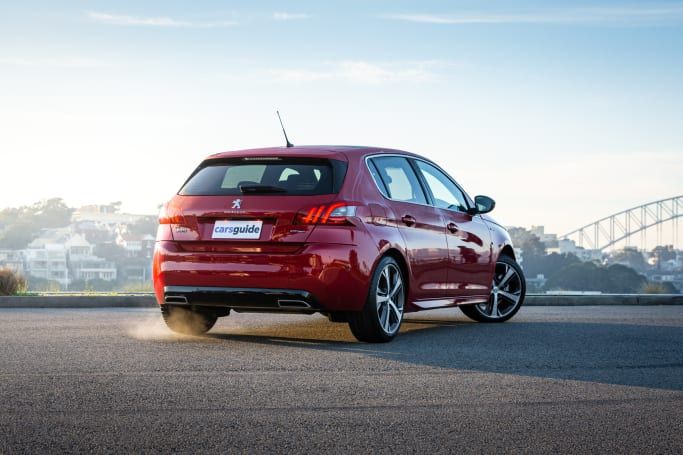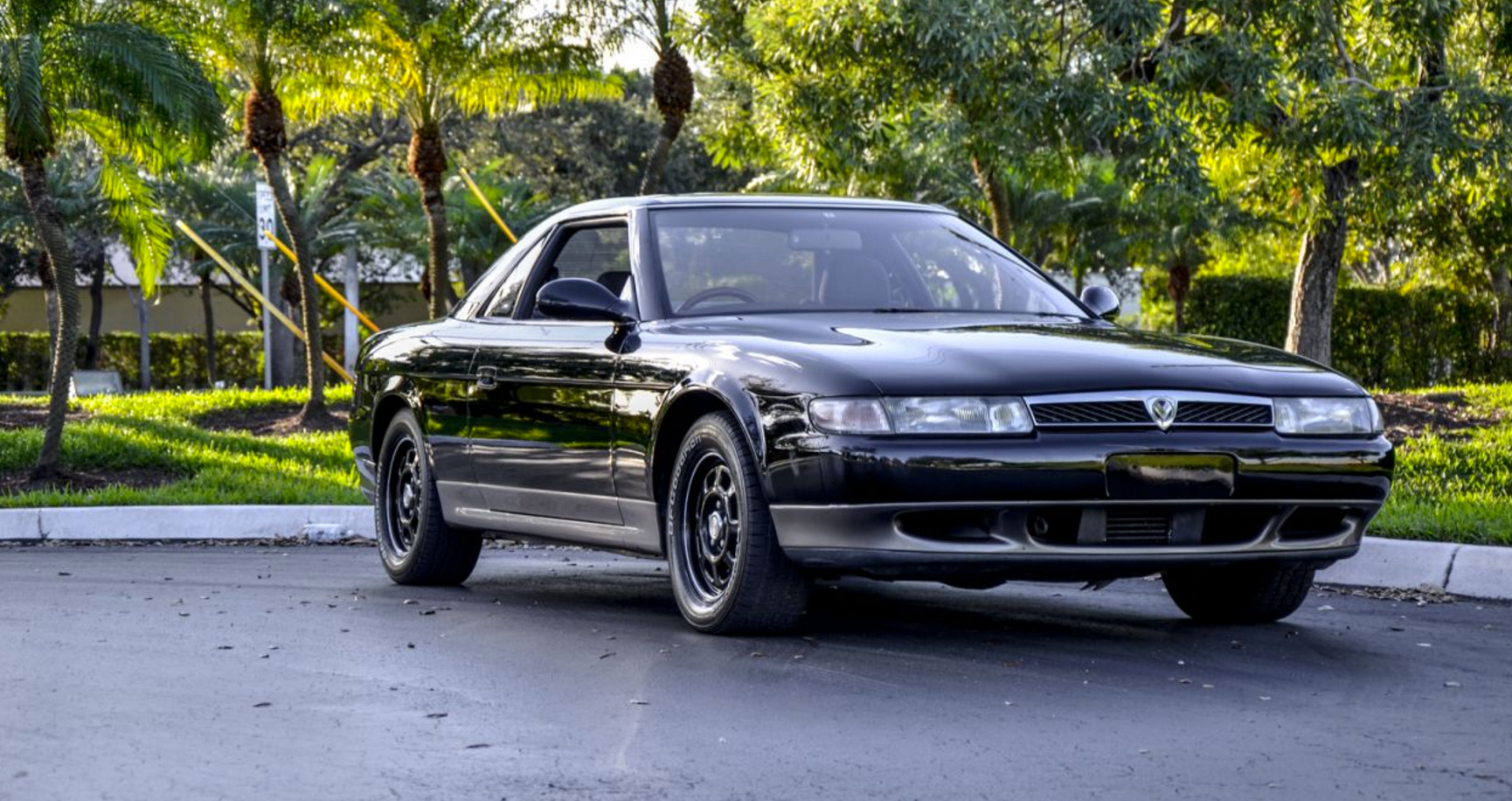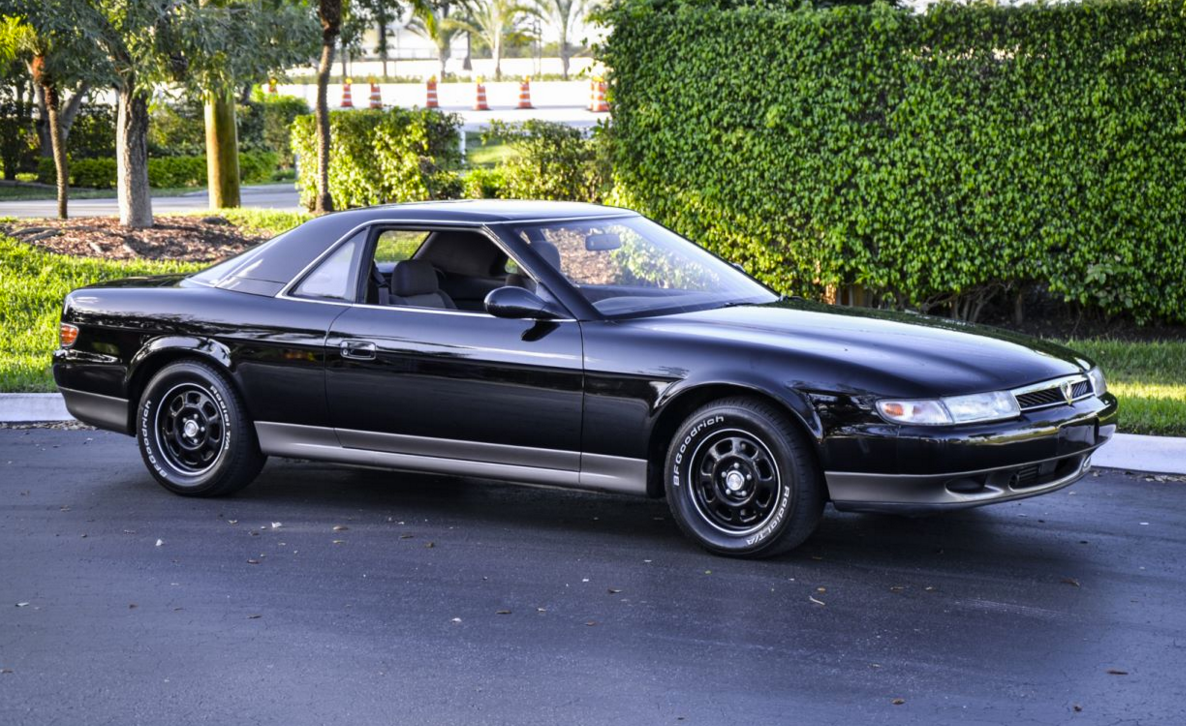Since the 1970s, the automotive industry has been on a mission to produce more efficient engines using fewer cylinders and forced induction to produce more power and fewer emissions.
Current trends have witnessed sports cars switch to 4-cylinder units, but even these are in peril of being eclipsed by a new generation of smaller, more powerful three-pot motors. As an example Koenigsegg has built the ultimate micro engine and fitted it in the world's fastest four-seater, this is just the beginning.
It is highly unlikely the established supercar makers will follow suit, but for now, these 3-cylinder cars pack a decent punch.
9 Ford Fiesta ST - Best Selling European Hot Hatch
Ford Europe's Fiesta has been in production since 1976 and remains among the best-selling small cars, popular for its agile handling and affordable performance. Currently in its seventh-generation, the Fiesta is arguably the most refined car in its class, winning car of the year three times in succession.
Powered by a 3-cylinder variant of Ford's EcoBoost engine, the ST boasts a turbocharged 1.5-liter unit rated at 197 HP and has a top speed of 147 mph.
8 Koenigsegg Gemera - The Fastest Family Car In The World
Unveiled in 2020, Koenigsegg's Gemera claimed to be the fastest four-seater family car in the world with a top speed of 248 mph courtesy of 1700 HP hybrid power train. Plug-in hybrid technology dominates the modern supercar market, utilizing the amazing torque characteristics of electric motors.
The Gemera however, is different. Under the body, Koenigsegg fitted a twin-turbocharged 3-cylinder 2-liter engine that produces 600 HP making it the most powerful triple-cylinder unit fitted to a production car. Scheduled to enter production in 2021, only 300 units of the Gemera is planned to be built.
7 BMW i8 - The First Hybrid Sports Car
Toyota's Prius started the modern hybrid era, but it would another 20 years before BMW launched the i8, the world's first plug-in hybrid sports car. First produced in 2014, the i8 combined a front-mounted electric motor with a conventional gas engine in the rear to produce a combined 369 HP.
In spite of hybrid technology, the i8 relies heavily on a 3-cylinder 1.5-liter combustion engine to produce the majority of the power, contributing 231 HP to the overall output.
6 Toyota GR Yaris - From The Outset Designed For The WRC
In developing their latest rally-inspired GR Yaris, Toyota opted for a different process to other carmakers, starting with a fresh design for their hottest hatchback. The GR model differs from standard Yaris cars in a number of ways, not least its power train.
Under the hood, Toyota equipped the GR with a turbocharged 1.6-liter 3-cylinder engine tuned to deliver 257 HP, as a result, the hottest Yaris can scorch to 60mph in 5.5-seconds and pulls strongly all the way to a maximum speed of 143 mph.
5 Volvo XC40 T3 - Powerful But Thirsty Turbo Engine
Demand among owners of SUVs continues to grow despite environmental concerns, this hasn't gone unnoticed among carmakers with a range of new small subcompact vehicles. Volvo's XC40 hit the market in 2017 with a range of engine choices, for gearheads not ready to go down the EV path the T3 represents the best of both worlds.
As the model name suggests the T3 uses Volvo's turbocharged 1.5-liter 3-cylinder unit and produces 154 HP making it one of the more powerful engines in this size category. There are of course some negatives, the XC40 is not a lightweight car and fuel economy suffers as a result of fewer cylinders.
4 BMW 118i M Sport - Premium Branding With A Tiny Engine
The subcompact market is fiercely competitive among carmakers, needing to be both practical while still offering enthusiastic drivers with affordable performance. BMW's 118i filling a niche for premium cars in this segment making good use of the M-sport branding to bolster its image.
Featuring M-sport badging is more for cosmetic appeal than performance, the 118i is aimed at mainstream buyers with a 138 HP turbocharged 1.5-liter 3-cylinder engine good enough to reach 60mph in 8-seconds.
3 Nissan ZEOD RC - Switchable Le Mans Hybrid
Nissan's Zero Emissions on demand (ZEOD) racer is the only one of its kind developed to explore the possibilities of dual power trains in the Le Mans series. Combining electric motors with gasoline engines is not a new development, however, Nissan designed the ZEOD to run electric, gas and, a combination of both.
The ZEOD program received special permits to enter the 2014 Le Mans event, but could only run on either electric or gas and not hybrid mode. Nissan started the event running its 400 HP 1.5-liter turbocharged 3-cylinder engine and later succeeded in their goal of topping 300 Km/h in on electric power.
2 Peugeot 308 1.2 PureTech - Coming Soon
First produced in 2017, Peugeot's award-winning PureTech engines currently power the mid-sized 308 series hatchbacks, only the range-topping GT uses a larger powertrain.
The soon-to-be-launched third-generation 308 boasts a more powerful version of the Peugeot PureTech engine. Developed from the outgoing model 1.2-liter turbocharged 3-cylinder unit power climbs to a more impressive 150 HP, as a result the dash to 60mph falls to 8-seconds.
1 Mazda Eunos Cosmo - High Tech Flagship Tourer
The fourth-generation Cosmo built on Mazda's new J series platform hit the Japanese domestic market in 1990, a premium luxury flagship car packed with modern technology. The same approach to luxury engineering contributed to the poor sales, the Cosmo failed to comply with size regulations attracted annual taxes for owners.
To date, the Cosmo is Mazda's only production car fitted with a triple-rotor engine, boosted to produce 300 HP using twin sequential turbochargers represented another first in the automotive industry.

